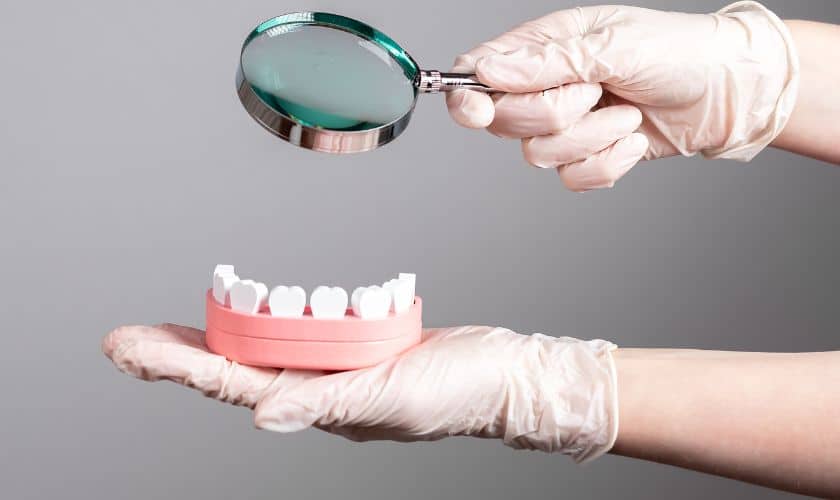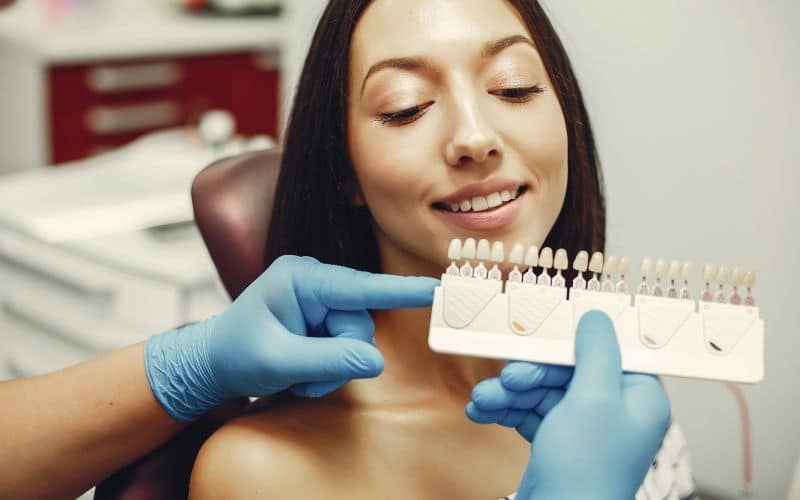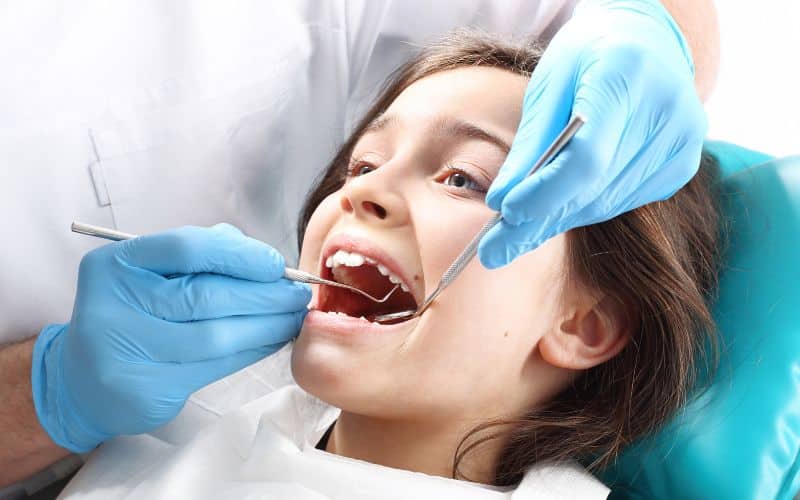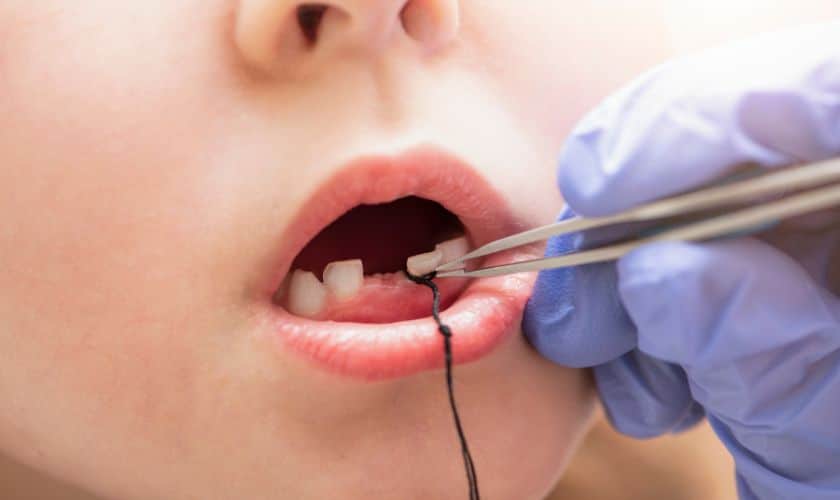Visit Diamond Lakes Dental Today Or Call 501-623-7113
Defending Your Smile: Exploring Periodontal Health and Treatment Options

Hey there, fellow smile enthusiasts! Welcome to our blog post all about periodontal health and treatment options. We know that a bright, healthy smile is one of your most valuable assets, so it’s essential to understand how to keep those pearly whites in tip-top shape. Today, we’re diving deep into the world of periodontal disease – what it is, the risk factors involved, and most importantly, the various treatment options available.
What is periodontal disease?
What is periodontal disease, you ask? Well, let’s break it down. Periodontal disease, also known as gum disease, is a chronic inflammatory condition that affects the tissues surrounding and supporting your teeth. It starts with the buildup of plaque – that sticky film of bacteria that forms on your teeth if not properly removed through regular brushing and flossing.
As plaque accumulates along the gumline, it can harden into tartar or calculus, which becomes even more difficult to remove without professional dental intervention. This leads to irritation and inflammation of the gums, causing them to become red, swollen, and prone to bleeding when brushing or flossing.
If left untreated, periodontal disease can progress from its early stage (gingivitis) into advanced stages where damage occurs to the bone and connective tissue holding your teeth in place. This may result in tooth loss if proper treatment measures are not taken promptly.
The key takeaway here is that periodontal disease isn’t something to be taken lightly. It requires attention and action for effective management and prevention of further complications. In our next sections, we’ll explore some risk factors for this oral health issue as well as signs and symptoms you should watch out for! Stay tuned!
Risk factors for periodontal disease
Risk factors for periodontal disease can vary from person to person. While anyone can develop this condition, certain factors increase the risk. One significant risk factor is poor oral hygiene. Failing to brush and floss regularly allows plaque to build up on teeth and gums, leading to inflammation and infection.
Another common risk factor is smoking or tobacco use. Smoking weakens the immune system and reduces blood flow, making it harder for the gums to heal. Additionally, smoking makes it more challenging for treatments like scaling and root planing to be effective.
Certain medical conditions can also contribute to periodontal disease. Diabetes, for example, impairs the body’s ability to fight infections including gum disease. Hormonal changes during pregnancy or menopause may also make women more susceptible.
Other factors include genetic predisposition, stress levels, medications that decrease saliva production (leading to a dry mouth), and a diet high in sugar or low in essential nutrients.
Understanding these risk factors can help individuals take preventive measures and seek treatment promptly if needed. By addressing these risks head-on with good oral hygiene practices and regular dental check-ups, you can help defend your smile against periodontal disease!
Signs and symptoms of periodontal disease
Signs and symptoms of periodontal disease can vary from person to person, but there are a few key indicators that you should be aware of. One common sign is persistent bad breath, also known as halitosis. If your breath consistently smells unpleasant, it could be a signal that bacteria are thriving in your mouth.
Another symptom to watch out for is swollen or tender gums. Healthy gums should appear pink and firm, so if you notice any redness or puffiness, it may be an indication of gum inflammation caused by periodontal disease.
As the disease progresses, you might start experiencing tooth sensitivity or even loose teeth. This happens because the infection affects the supporting structures of your teeth, such as the gums and jawbone.
If you frequently notice blood on your toothbrush or when you spit after brushing/flossing, this can also be a warning sign. Bleeding gums indicate that something isn’t right and could point towards gingivitis or more advanced stages of periodontal disease.
It’s important to pay attention to these signs and not ignore them. Periodontal disease is treatable when caught early on, so don’t hesitate to reach out to a dental professional if you experience any of these symptoms!
Treatment options for periodontal disease
what can you do if you find yourself facing periodontal disease? Fortunately, there are several treatment options available to help combat this condition and defend your smile.
1. Non-Surgical Treatments:
– Scaling and Root Planing: This deep cleaning procedure removes plaque and tartar buildup from below the gumline.
– Antibiotics: In some cases, antibiotics may be prescribed to help control bacterial infection.
2. Surgical Treatments:
– Flap Surgery: This procedure involves lifting back the gums to remove tartar deposits for thorough cleaning.
– Bone Grafts: If bone loss has occurred due to advanced gum disease, a bone graft may be necessary to restore stability.
– Soft Tissue Grafts: These grafts replace damaged or receded gum tissue with healthy tissue from another area of your mouth.
It’s important to note that prevention is always better than cure when it comes to periodontal health. Practice regular brushing and flossing techniques at home, visit your dentist regularly for check-ups and cleanings, quit smoking if applicable, eat a balanced diet rich in nutrients for overall oral health.
Remember that early detection is key in successfully treating periodontal disease. Be proactive about maintaining good oral hygiene practices and seeking professional care at the first sign of trouble.
Your smile is worth protecting! Don’t let periodontal disease take away your confidence or compromise your dental well-being. Take charge of your oral health by staying informed about potential risks factors, recognizing signs and symptoms early on -and most importantly – exploring treatment options with your dental professional.




